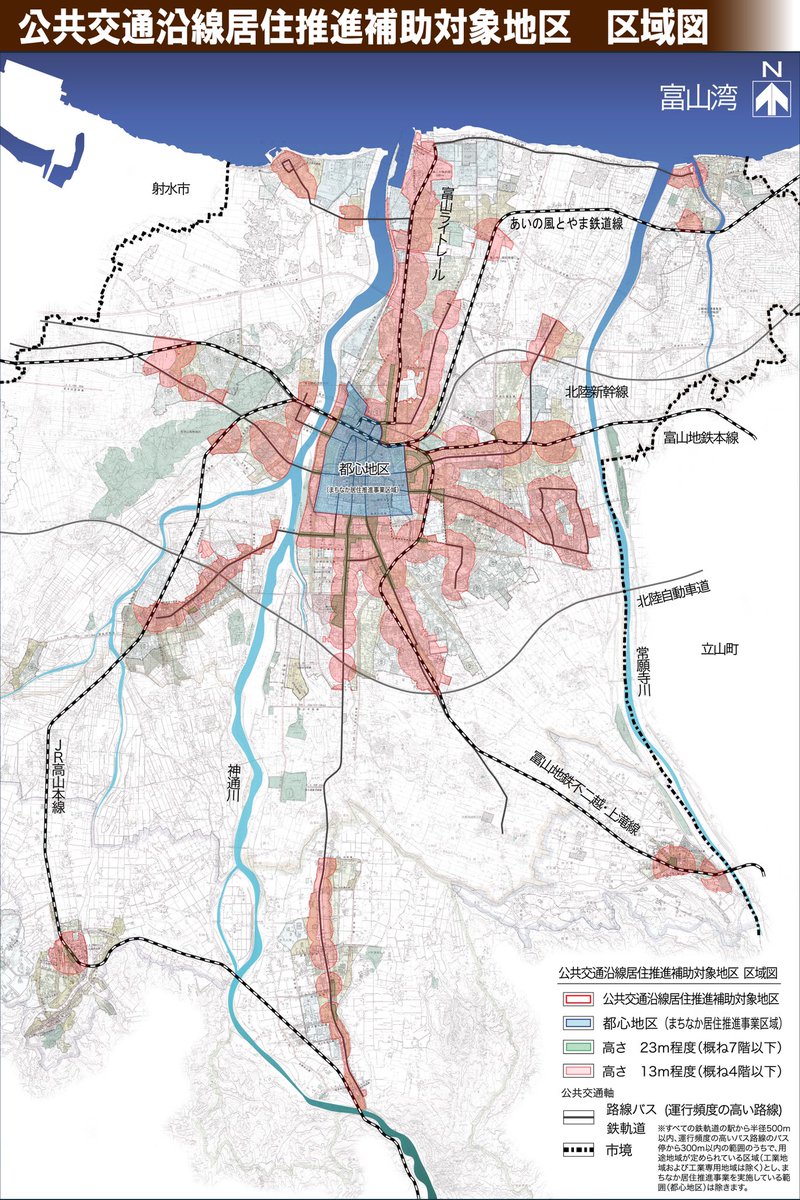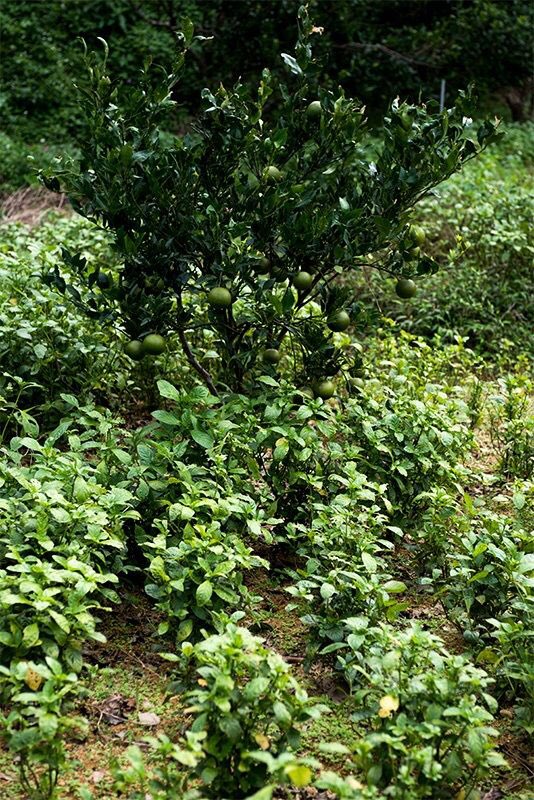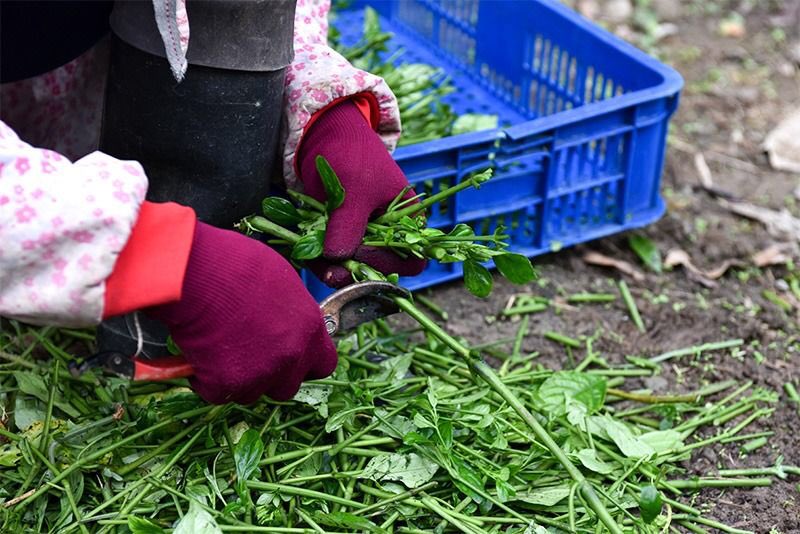
"Rice Paddy Dam" is a concept for river basin flood control that originated in northern Japan around the turn of the century. It uses agricultural land as a sort of reservoir to protect downstream urban areas from flood damage and excessive water, the fields used to store water. 





When bad rains are anticipated fields can be emptied prematurely and filled up again in a controlled manner that prevents overflow, erosion and scouring using a system of weirs and channels. Depending on the size of the system it can hold vast amounts of water, millions of tons. 



As a bonus, after installation it becomes easier to regulate water in the rice paddies with hugely beneficial effects on flora and fauna. The system is voluntary but many cities are now paying farmers to compensate for any damages to crops and for maintaining the system. 

Until last year the major drawback was the manual operation: accidents happened, but now weirs can be remote controlled by individual farmers via a smartphone app. No need to go out in typhoons and risk drowning like before (for millennia a major occupational hazard for farmers). 

• • •
Missing some Tweet in this thread? You can try to
force a refresh




























